PlethoraOfGuns
Well-known member
Hmmm, vents that you can open from the inside or the outside you say? I'm intrigued. I'll add them to the idea pot!

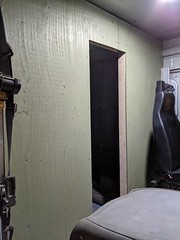
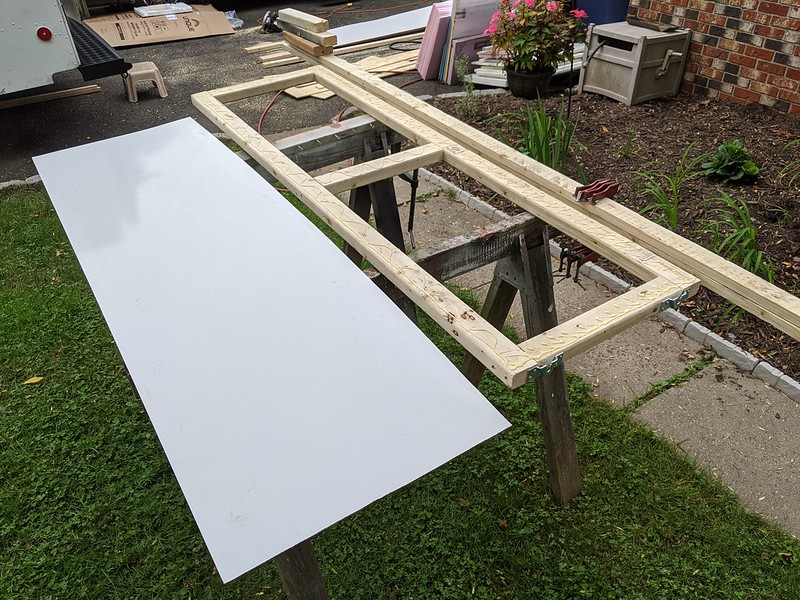
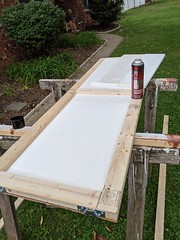
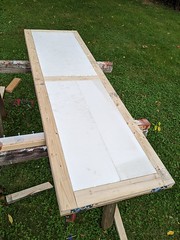
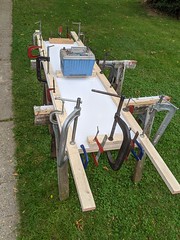
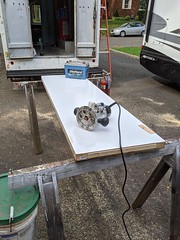
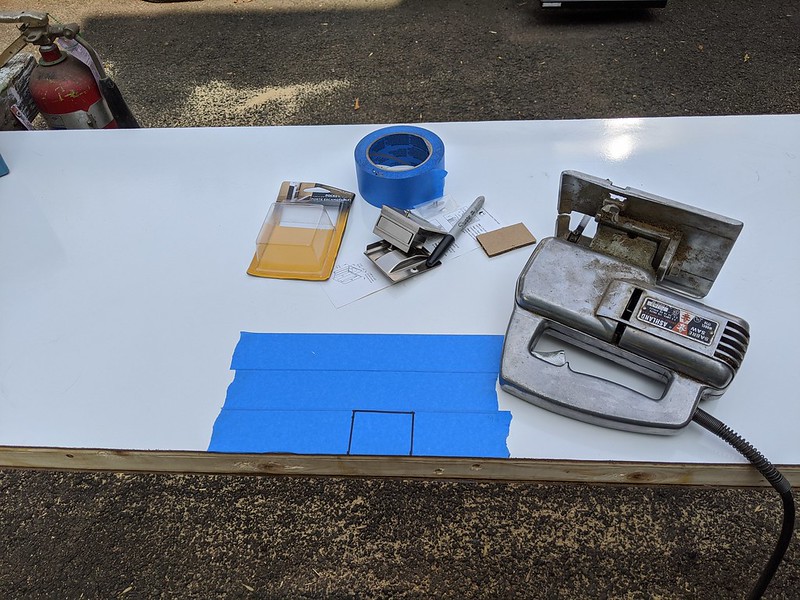
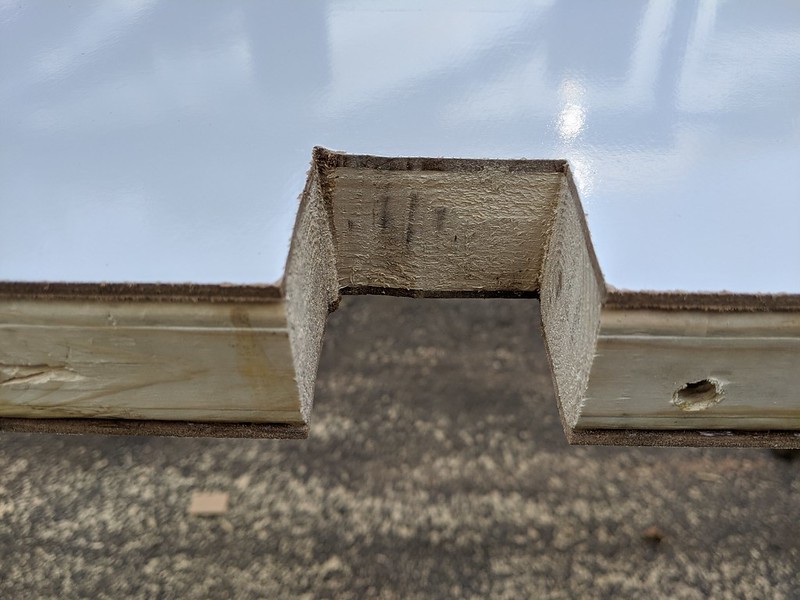
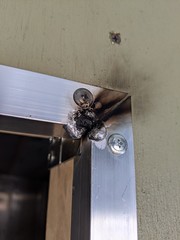
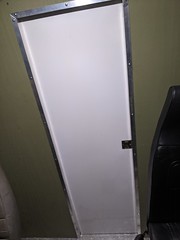
No HDR sorry, my X sailboat was built in the 70 s in England they came with it. I am pretty sure if you check out marine websites or store catalogues they will still be around they were very clever. I will have a look see if I can find them over the next few days, They were mushroom shaped. I have seen a similar idea on a home built wood stove. They welded a short section of pipe to the door, with a cross piece with a nut on it, they got a slightly larger section of pipe capped on one end with a bolt welded to it so it screwed in and out allowing air in or not.highdesertranger said:Kurbmaster do you have a link to those vents? highdesertranger
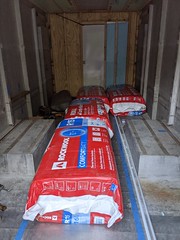
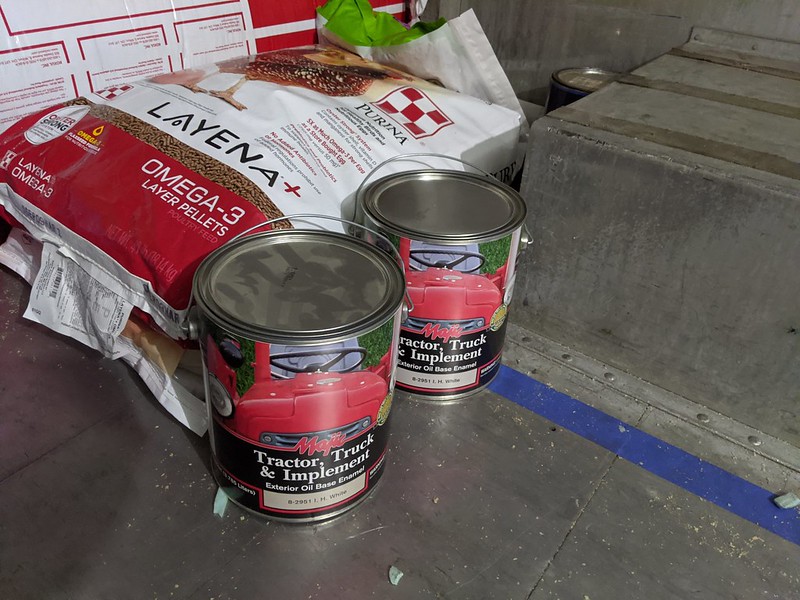
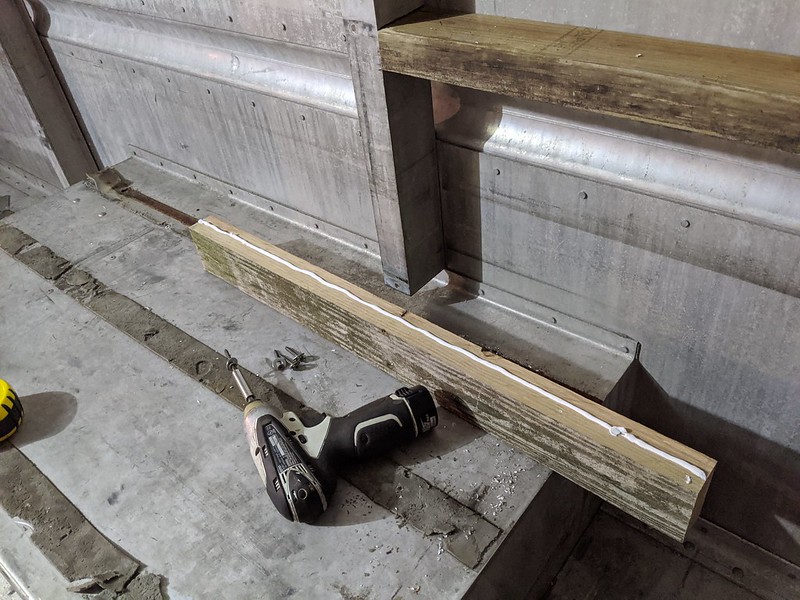
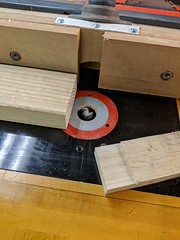
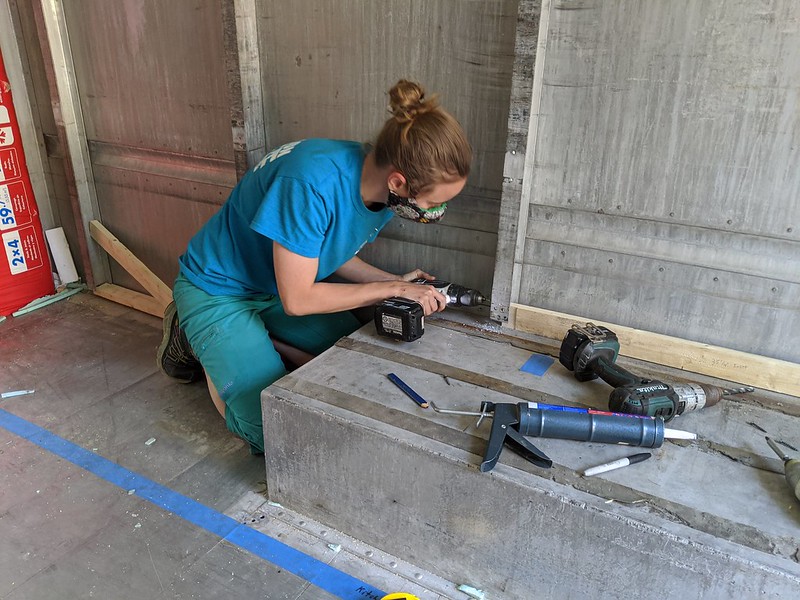
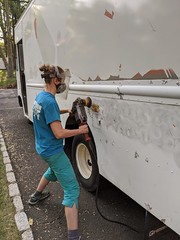
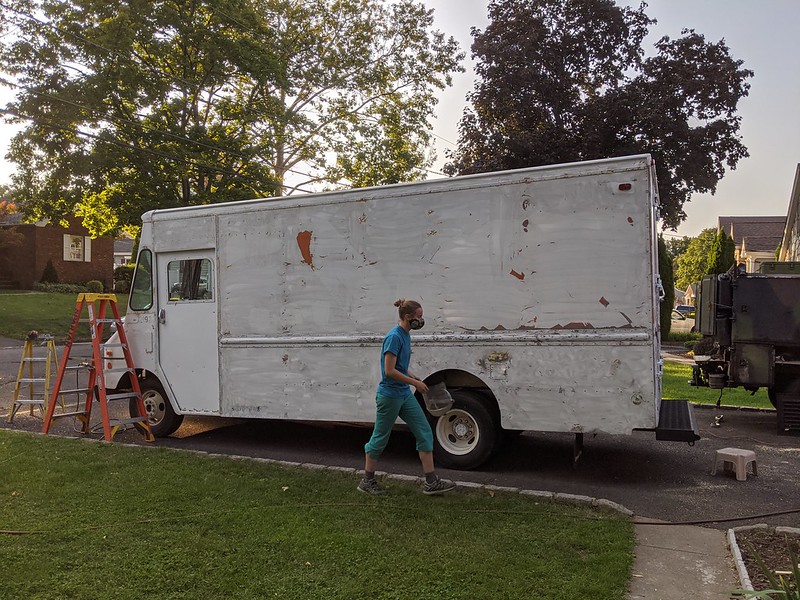
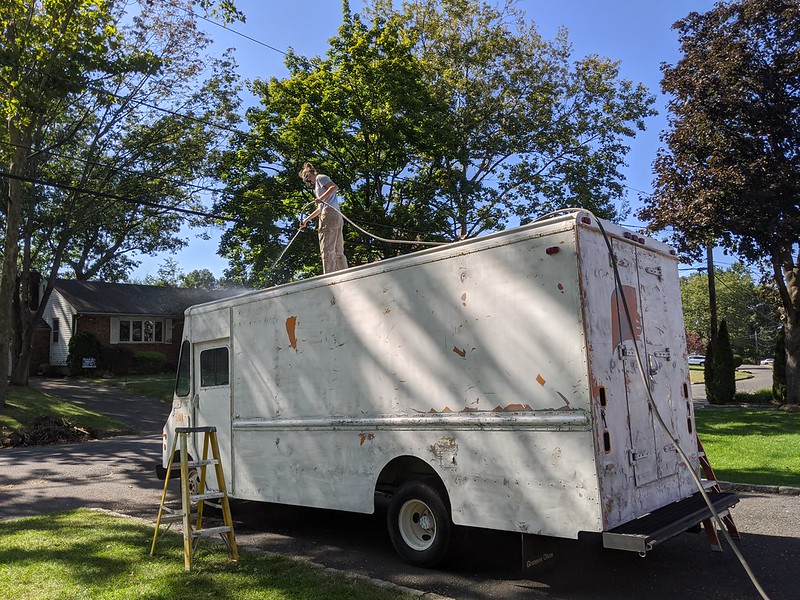
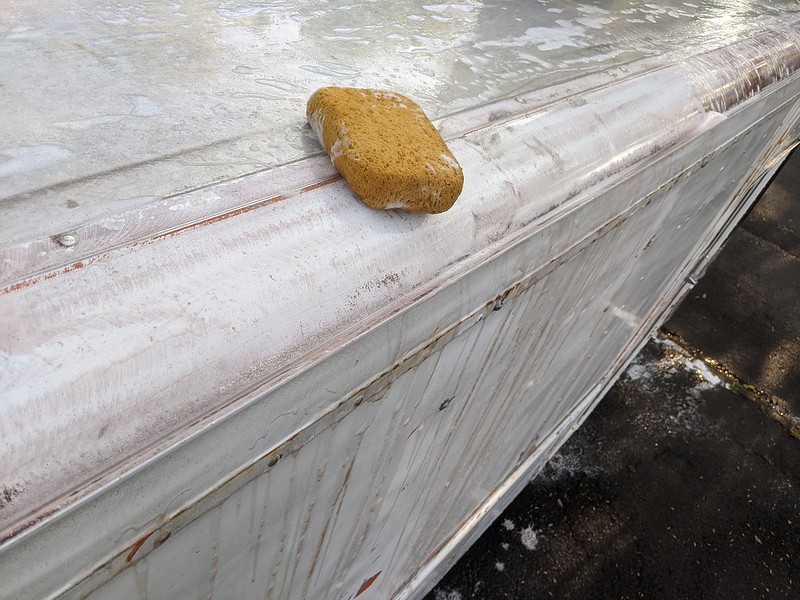
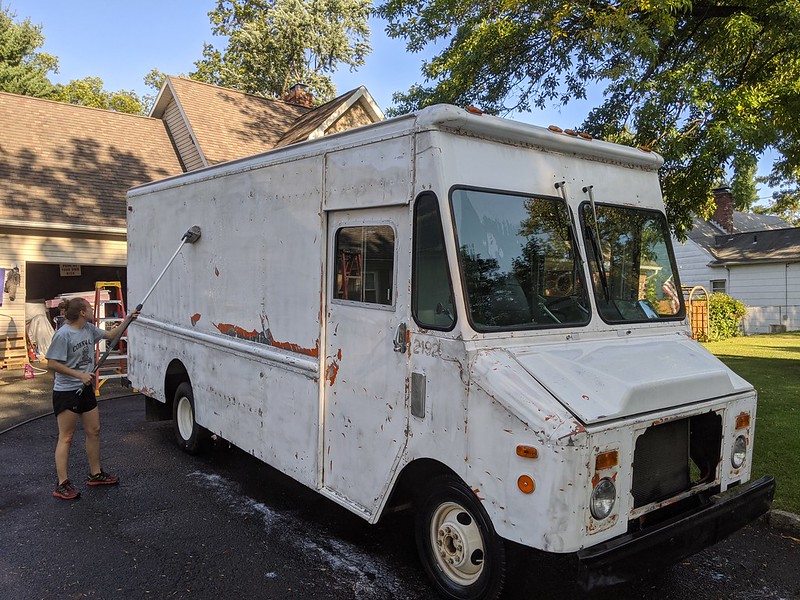
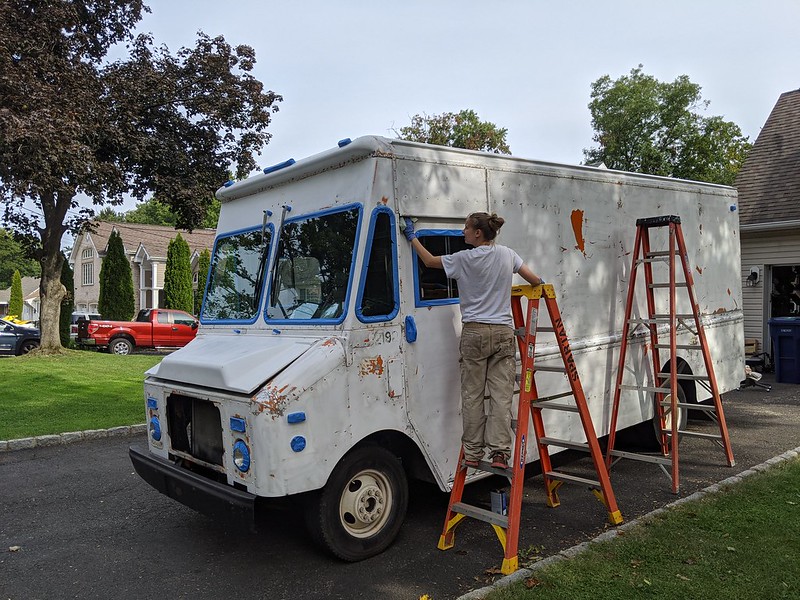
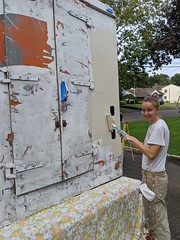
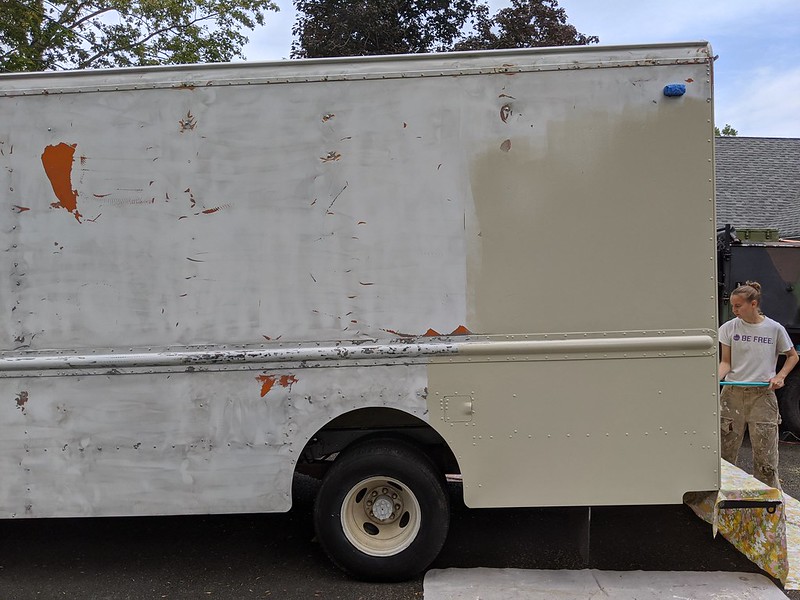
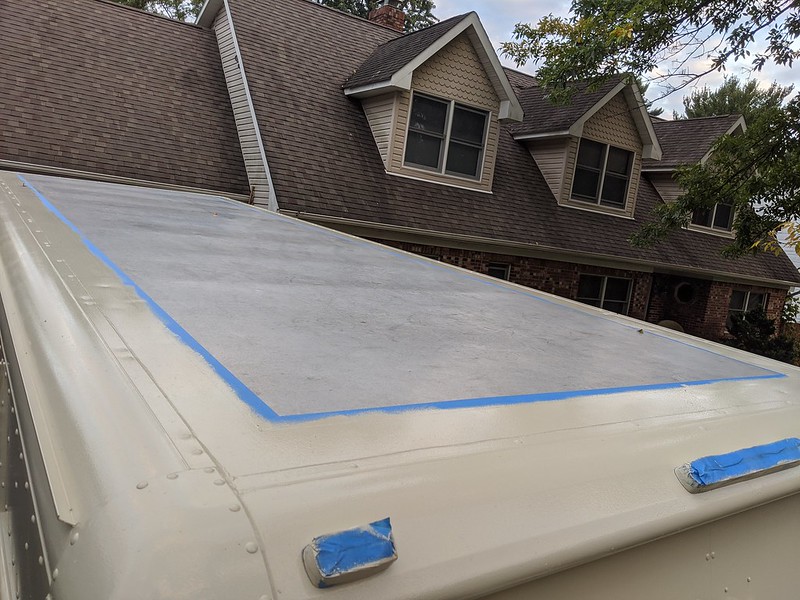
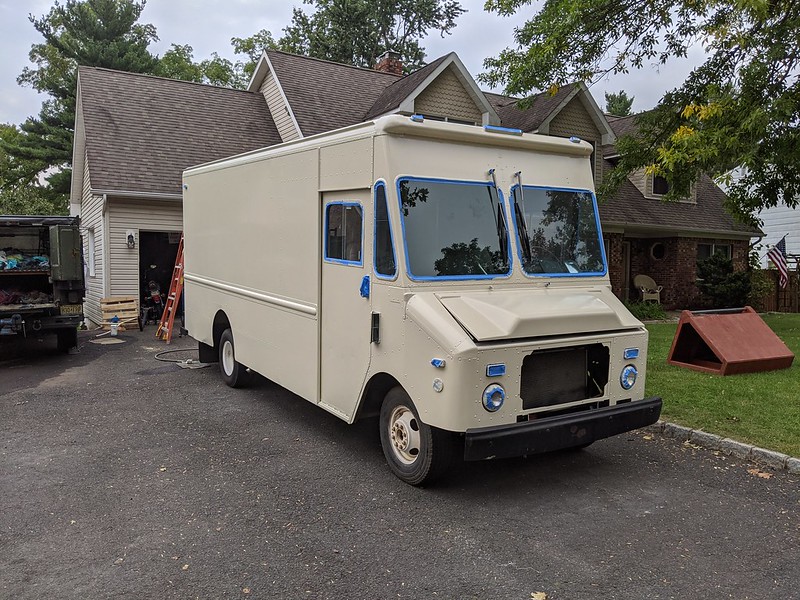
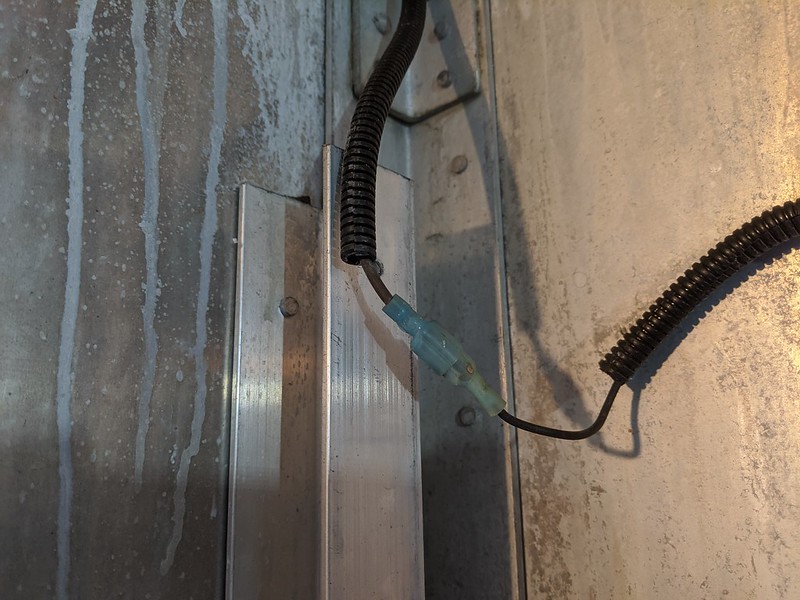
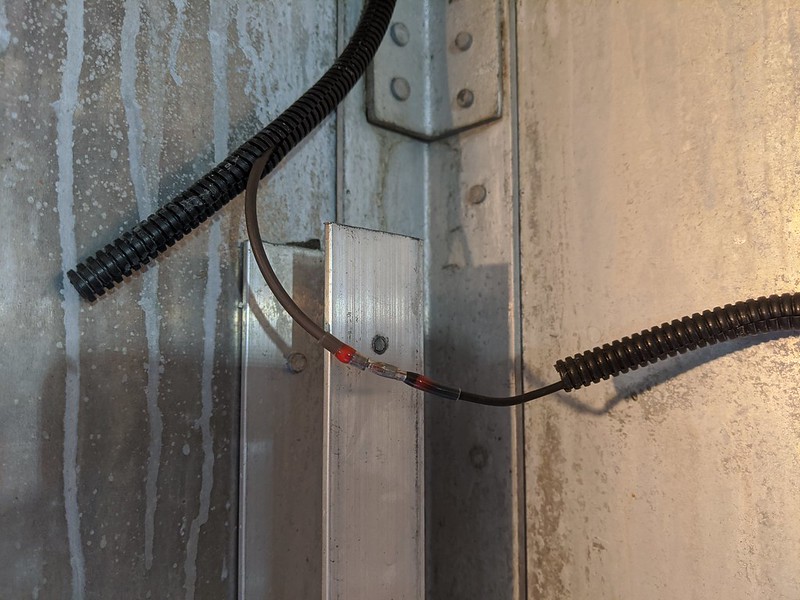
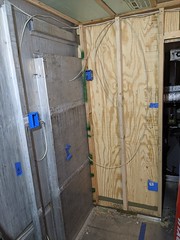
Enter your email address to join: